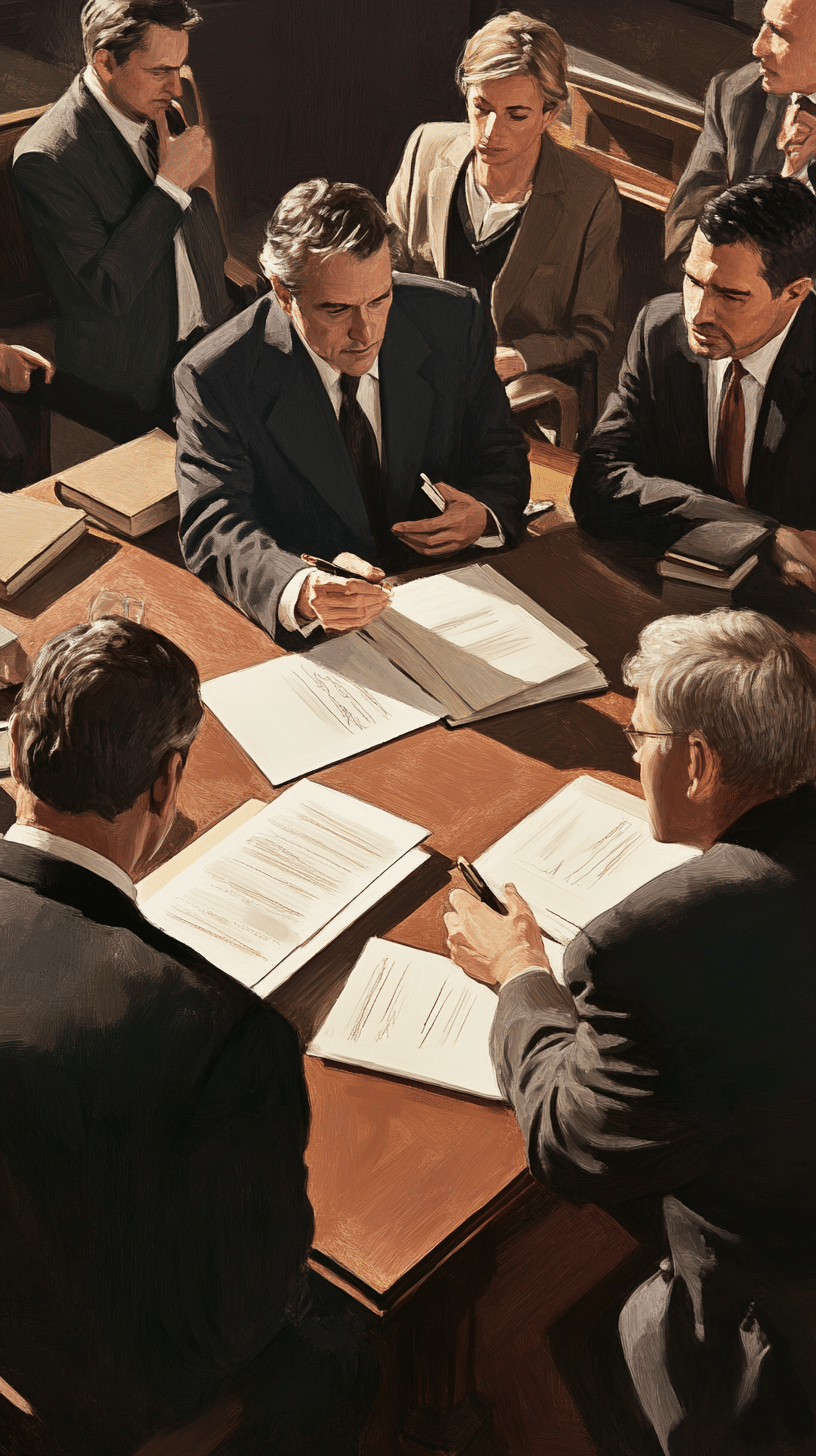Progressive Med., Inc. v Allstate Ins. Co., 2010 NY Slip Op 50219(U)(App. Term 2d Dept. 2010):
“On cross-examination, the witness testified that he relied on several out-of-court documents in reaching his conclusion. He also testified that, in his report, he referred to a report from his board- certifying academy regarding one type of equipment at issue. Although plaintiff had previously stipulated to qualifying the witness as an expert, its attorney subsequently objected to this testimony on the ground that it was based upon records that were not in evidence and upon a study, the reliability of which had not been established. The court sustained the objection and ordered the testimony stricken.”
“Based upon the court’s statements that the only issue for trial was medical necessity and that a claim form had been submitted and timely denied, as well as defendant’s presentation of its witness instead of moving for judgment pursuant to CPLR 4401, we find that the parties agreed that the sole issue for trial was defendant’s defense of lack of medical necessity. The record [*2]reveals no basis, under the specific facts of this case, for the court’s finding that plaintiff was required to submit a claim form in order to establish, prima facie, “the health benefit’s medical necessity.”
On the other hand, on the scant record provided to this court, there is no basis to disturb the court’s decision to strike defendant’s witness’s testimony. Plaintiff advanced what was, in effect, a hearsay objection. Defendant failed to demonstrate either that the testimony did not rely on out-of-court documents for the truth of the matters stated therein, or that the documents were being relied upon for their truth but fell within an exception to the rule against hearsay. Consequently, we cannot say that it was an improvident exercise of discretion for the court to strike the testimony.”
It looks like the attorney for the defense failed to lay a proper foundation to allow the doctor to testify about the medical records. What needed to be asked was: how the doctor received the records; what they represented; whether the assignor’s name was on the records; whether the date of loss on the records corresponded to when the accident occurred; whether the claim number on the documents matched the actual claim number; whether there was other information that would correlate the documents to the assignor; and the veracity of the journal articles.
The courts in the realm of no-fault litigation will generally allow an expert to testify about the documents that purport to be those representing the treatment of the alleged assignor. The only thing an attorney has to do is find some correlating link between the medical reports and the assignor. That link is almost always in the reports. If the link is not there, then look further – you should find it. If you cannot find that link at all, then the doctor probably did not review the entire medical record, and this is rife with its own issues, none of which are good for the insurance carrier.
This case also asks the following question: how can a medical necessity summary judgment motion be made without annexing the medical records? Presumably, the attached medical records allow for the inference that they represent the treatment notes of the alleged assignor. Without those notes, it looks like a peer review by itself must fail on constraint of this case and the others I have previously discussed.












